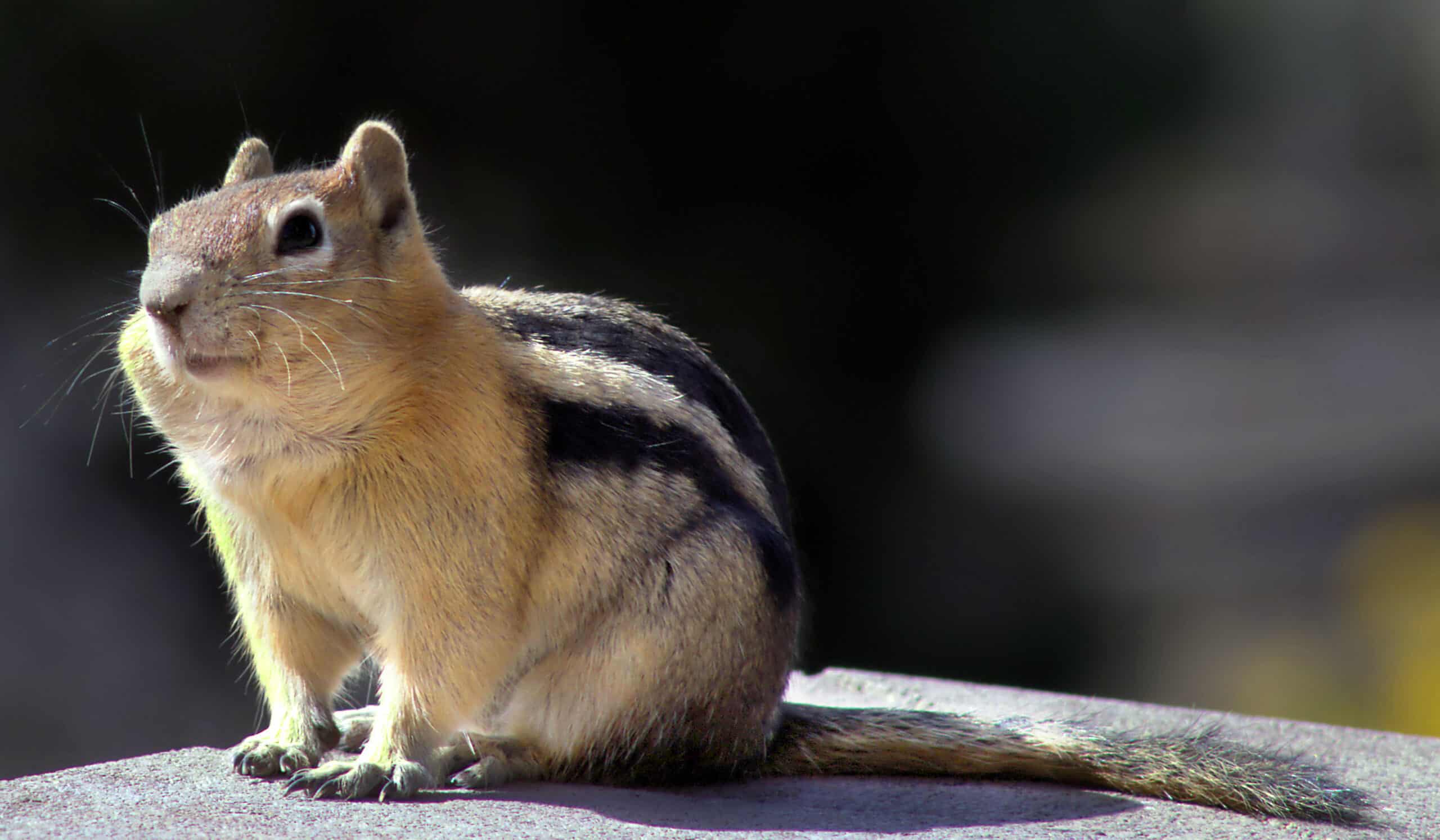In the southern part of the Rockies the rodents are opting to stay at higher altitudes to escape warming temperatures.
Golden-mantled ground squirrels are photogenic little critters living in the Rocky Mountains in North America. As their name suggests, the squirrels prefer to spend their time on the ground rather than climb trees.
Yet they are still climbing upwards. On hillsides, that is.
In the southern part of the Rockies the rodents are opting to stay at higher altitudes so as to escape warming temperatures lower down, say scientists at the University of Colorado Boulder in the United States who have been tracking the animals.
“It’s frightening,” observes Christy McCain, an ecologist who is an associate professor at the American university’s Department of Ecology and Evolutionary Biology. “We’ve been talking about climate change in the Rockies for a long time, but I think we can say that this is a sign that things are now responding and responding quite drastically.”
The scientist and her colleagues have found that since the 1980s the squirrels (Callospermophilus lateralis) have hiked up by 200 meters in one area and as much as 700 meters in another.
Other animals at the same mountainsides, including pygmy shrews (Sorex hoyi) and Preble’s jumping mouse (Zapus hudsonius preblei), are moving uphill as well in their bid to seek refuge from warming summer temperatures in the southern Rocky Mountains, which have warmed greatly in recent decades.
Before 1980 pygmy shrews were never seen above an elevation of 3,000 meters, but these days they can be found even as high as 3,600 meters uphill, the experts report.
In all, “47 mammal elevational ranges (27 rodent and 4 shrew species) have changed from their historical distributions (1886–1979) to their contemporary distributions (post–2005) along 2400m elevational gradients in the Front Range and San Juan Mountains of Colorado,” the scientists write in a new study.
“Some animals, and even entire communities, may be pushed to the tops of mountains with nowhere else to go,” the scientists note.
As Colorado is warming up, local pine forests and other mountain ecosystems are also expected to move uphill to stay cool. “It’s a wake-up call,” McCain stresses. “We have to start taking this seriously immediately if we want to have healthy mountains and ecosystems.”
(photo: Wikimedia Commons)
This story first appeared on Sustainability Times
South Africa Today
© 2021 Sustainability Times.
This article is licensed under a Creative Commons Attribution-ShareAlike 4.0 SA International License.












